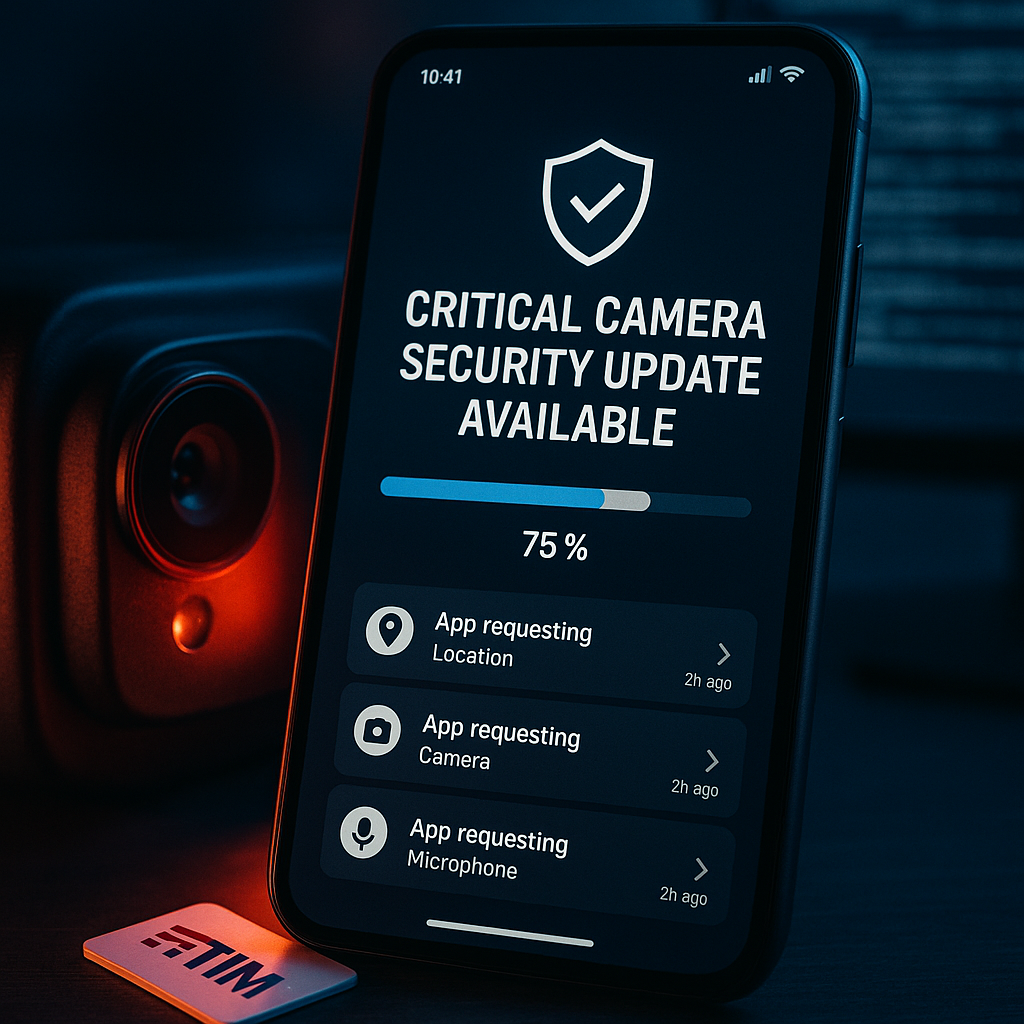Key Takeaways
- Encryption is foundational, not just a buzzword. Today’s password managers employ military-grade encryption and zero-knowledge architecture, so even service providers cannot access your credentials.
- Psychological resistance addressed with layered security. Leading solutions calm ‘all eggs in one basket’ fears with robust multi-factor authentication, biometric unlocks, and real-time breach alerts. Your password vault becomes much safer than relying on sticky notes or handwritten lists.
- Resilience even in the event of a breach. Should a provider be compromised, zero-knowledge protocols and local-device decryption ensure your vault remains unreadable to attackers.
- Cross-platform convenience without sacrificing safety. Premium password managers offer seamless access across devices and browsers, using secure syncing and device-specific encryption for both flexibility and uncompromised protection.
- Security misconceptions dispelled. Transparency reports, independent audits, and user-friendly tutorials are now common, giving even new users clarity and confidence when adopting these digital safety tools.
- Premium features deliver holistic protection beyond storage. Advanced plans often include dark web monitoring, emergency access controls, and other tools, delivering comprehensive online defense beyond what manual management can offer.
- Password managers surpass DIY approaches. Automated password generation, ongoing vault health checks, and rapid breach response give password managers a decisive edge over keeping lists or reusing weak passwords.
As the digital threat landscape grows more complex, password managers in 2025 have evolved into robust cybersecurity companions. Let’s explore how these solutions work, why their features matter, and what makes them a smart, proactive choice for modern online safety.
Introduction
Entrusting all your login details to a single place might have sounded risky a few years ago. However, by 2025, password managers stand as the digital age’s most trusted vaults, offering impenetrable safeguards rather than single points of failure. Thanks to cutting-edge encryption, zero-knowledge architecture, and advanced features such as biometric unlock and instant breach alerts, password manager security now matches and sometimes exceeds those used by major financial institutions and government agencies.
For skeptics who wonder if they’re simply putting all their passwords “in one basket,” the modern password manager delivers not only technical strength but also peace of mind. These solutions far surpass handwritten notebooks, browser autofill tools, or unencrypted digital documents. Let’s break down how today’s password managers make online safety more accessible, effective, and trustworthy, and why adopting one is likely your best move for future-proofing your digital life.
How Modern Password Managers Work
The evolution of password managers has ushered in a new era of security by 2025, with multi-layered protection as standard. At the heart of these systems is AES-256 military-grade encryption, which secures your password vault by encrypting data locally on your device before any information is sent to cloud servers.
Un passo avanti. Sempre.
Unisciti al nostro canale Telegram per ricevere
aggiornamenti mirati, notizie selezionate e contenuti che fanno davvero la differenza.
Zero distrazioni, solo ciò che conta.
 Entra nel Canale
Entra nel Canale
Zero-Knowledge Architecture
Perhaps the most significant advancement is the zero-knowledge principle. In this design, your master password generates a unique encryption key on your device (never stored or seen by the provider). This means even service staff, hackers, or government subpoenas cannot access your actual stored passwords.
Key benefits include:
- Local encryption before any synchronization.
- Master password and keys are never uploaded or shared.
- Even full access to the provider’s servers will not compromise your passwords due to the mathematical impossibility of decrypting without your key.
- Data privacy and sovereignty remain firmly in the user’s control.
Biometric Integration and Advanced Authentication
By 2025, password managers rely heavily on device-native biometric systems and sophisticated multi-factor authentication methods. These include:
- Fingerprint scans and facial recognition.
- Hardware security keys (like YubiKey or biometric USB tokens).
- Location-aware authentication, adding another contextual security step.
- Behavioral analytics to flag inconsistent usage or access attempts.
Such comprehensive protections go beyond traditional password entry, thwarting both digital and physical attacks.
Enhanced Security Features for 2025
In response to sophisticated cyber risks, password managers now deploy active, adaptive defenses that go far beyond basic storage.
Real-Time Breach Monitoring
Advanced password managers routinely scan the dark web, breach disclosures, and criminal marketplaces for signs that your credentials may have leaked. If a breach is detected, you are notified instantly, with step-by-step assistance to update compromised passwords. For example, one leading platform successfully neutralized over 450,000 potential credential stuffing attacks in a single year, directly protecting their users from possible account takeovers.
This level of real-time vigilance is now being mirrored in sectors beyond tech, such as healthcare (protecting sensitive patient portals and EHR access), finance (shielding trading and banking logins), and education (safeguarding student and faculty accounts from phishing campaigns).
Adaptive Security Protocols
Continuing this proactive trend, password managers increasingly leverage machine learning to adjust defenses on the fly. These algorithms:
- Spot unusual login attempts or suspicious timing/location combinations.
- Escalate authentication checks when risk increases.
- Detect and stop credential harvesting or password guessing attacks.
- Prompt users to fortify weak or reused passwords, making healthy digital habits far easier to maintain.
This technology sees application across legal (protecting confidential case files), marketing (defending proprietary data), and retail sectors as well, where customer trust and compliance are critical.
Addressing ‘All Eggs in One Basket’ Concerns
A persistent worry is that storing all logins together exposes users to catastrophic loss if a single breach occurs. Modern password managers, however, minimize this risk through architectural innovation.
Distributed Storage Architecture
The latest password managers now employ distributed, redundant storage. Encrypted vault data can be divided and stored across several cloud platforms, with local device copies for offline access and regional server redundancy to guard against outages or regional legal disputes.
Other best practices include:
- Fragmentation of encrypted data across multiple cloud and edge locations.
- Local, device-bound copies for secure access even without internet connectivity.
- Automated, geographically redundant backups for disaster-proofing.
- Emergency access protocols that permit trusted contacts to recover data if you cannot.
This model is also being adopted in enterprise settings, such as hospitals (HIPAA-compliant record access), financial conglomerates (regional data sovereignty), and multinational corporations needing regulatory flexibility.
Breach Containment Systems
If a breach is ever attempted, automated containment mechanisms react almost instantly. In a notable 2024 incident, a top password manager identified and isolated targeted accounts within 2.3 seconds. These systems can:
Un passo avanti. Sempre.
Unisciti al nostro canale Telegram per ricevere
aggiornamenti mirati, notizie selezionate e contenuti che fanno davvero la differenza.
Zero distrazioni, solo ciò che conta.
 Entra nel Canale
Entra nel Canale
- Quarantine affected vaults.
- Force logouts from all devices.
- Require vault re-authentication.
- Prompt immediate password resets on sensitive accounts.
Combined, these protections ensure a single incident cannot spiral into broader disaster. That’s a level of resilience hard to match through manual management.
Choosing the Right Password Manager
With a growing list of providers, it’s important to tailor your choice to your own needs, security requirements, and budget.
Essential Features to Consider
- Basic Features:
- Robust password and note storage with strong encryption.
- Seamless autofill for forms, apps, and secure payment details.
- Encrypted cross-device and cross-browser synchronization.
- Advanced Features:
- Travel or privacy mode for safe access abroad or on shared devices.
- Secure, revocable password sharing for teams, families, or business partners.
- Emergency access designation and inheritance options.
- Secure document and ID storage.
In specialized fields (like legal services, healthcare administration, or education), look for extra compliance features such as audit trails, regulatory certifications (e.g., HIPAA, PCI DSS), and detailed access controls.
Free vs. Premium Considerations
-
Free Features:
-
Standard encryption and secure password storage.
-
Device-limited synchronization and basic autofill.
-
Essential MFA support.
-
Premium Features:
-
Early access to new security updates and features.
-
Advanced breach, dark web, and phishing monitoring.
-
Unlimited storage across all device types.
-
High-tier support, priority onboarding, and business-specific integrations.
-
Optional family or business management dashboards.
While free options are robust for personal use, investing in premium plans brings enterprise-grade controls and holistic safeguards. This is especially valuable for freelancers, small business owners, and those managing family digital assets.
Implementation Best Practices
Getting the most out of your password manager requires a thoughtful rollout and ongoing care.
Setting Up Your Password Manager
To lay a strong foundation:
- Create a unique, complex master password (consider a memorable passphrase).
- Enable every available authentication layer (including MFA and biometrics).
- Establish emergency recovery protocols.
- Fine-tune device and app-specific permissions for tailored access.
every available authentication layer
For businesses, consider employee training, centralized onboarding, and regular compliance checks.
Regular Security Maintenance
Ongoing vigilance sustains your safety:
- Conduct quarterly security reviews or audits.
- Rotate critical passwords regularly (especially for key accounts).
- Update MFA methods as technology evolves.
- Stay alert to security notifications and platform updates.
Organizations that embrace these practices have reported up to a 97% reduction in password-related incidents within a single year, significantly reducing risks and costs across all sectors.
Conclusion
Modern password managers have shifted from being convenient tools to becoming indispensable pillars of digital security. Through local AES-256 encryption, zero-knowledge frameworks, and responsive, adaptive protections, these solutions proactively shield your credentials while empowering you with frictionless access.
With features such as biometric login, real-time breach alerts, distributed storage, and advanced sharing controls now standard, the longstanding “all eggs in one basket” anxiety has been replaced with robust, transparent defense.
Whether you are a tech-curious individual, a small business owner, a healthcare administrator, or an educator, the path forward is clear. Carefully evaluating available features, investing in a trustworthy provider, and maintaining diligent security hygiene will give you unprecedented control and safety online.
Looking ahead, those who embrace password managers not only protect their current digital lives but also future-proof themselves against threats we have yet to imagine. The next era of cybersecurity belongs to informed, proactive users. Rather than ask if you should adopt these tools, consider how quickly you can take advantage of their evolving protections to secure your digital world.





Leave a Reply